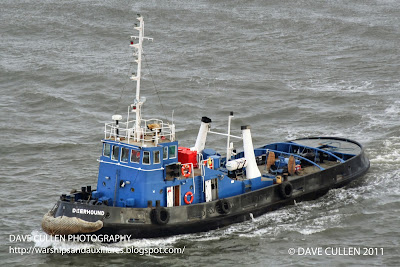River Class Patrol Vessels
The River class is a class of three offshore patrol vessels in the Royal Navy
HMS Tyne P281
HMS Severn P282
HMS Mersey P283
The River Class is deployed for fishery protection and other patrol missions around the United Kingdom.
The three ships are not owned directly by the Royal Navy. Instead they were constructed under an agreement with the shipbuilder, Vosper Thornycroft, under which the Royal Navy charter the vessels from the shipbuilder which is responsible for all maintenance and support for the ships during the charter period. At the end of this, the Navy can either return the ships, renew the lease or purchase them outright.
In order to maximise the availability of the ships, the MoD draw each ship’s company of about 30 personnel from a pool of about 45 men and women allocated to each ship. The additional crew members would be based on shore until called forward to relieve personnel on the ship in order to meet the Royal Navy’s requirements on “harmony rules”, which guarantee seagoing personnel a proportion of each year on shore. The ships have accommodation to a very high standard with all officers and senior ratings having individual cabins with en-suite facilities. Junior ratings will have twin cabins with en-suite facilities. All accommodation are capable of use by either male or female personnel. The ship also has sufficient accommodation to be able to embark a small RM detachment.
The vessel includes a flight deck for land based small/medium helicopters and aviation facilities can be enhanced to handle larger helicopters or to provide storage and maintenance facilities for helicopters.
The vessels are of steel construction in a double chine hull form. The fine form ram bow has a very low wave-making resistance which gives fuel efficiency and comfortable sea-keeping characteristics.
The vessel typically has a complement of 28 but can accommodate a crew of 30 plus a Royal Marine boarding party of 18, comprising 12 officers, 14 senior and 22 junior ratings.
The working deck can accommodate up to seven containers, enabling the ship to carry additional stores, workshops, mine countermeasure support containers, a diving recompression container or medical facilities. A heavy crane of 25t capacity is fitted to handle standard containers.
The River Class offshore patrol vessels carry sufficient fuel, stores and water supplies for an endurance of 21 days.
HMS Severn is see here departing Leith
The Forth Ports Tug Fidra was on standby and had to eventually take a stern rope
She can be seen HERE on a previous arrival



















































